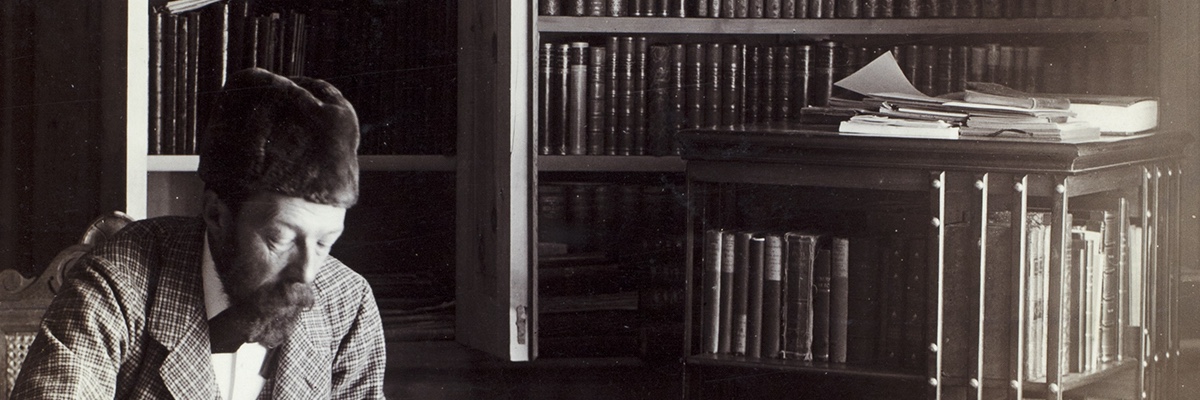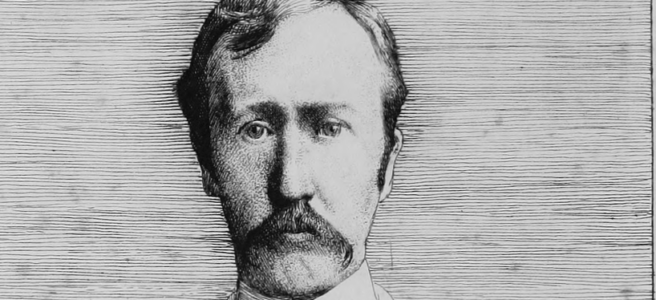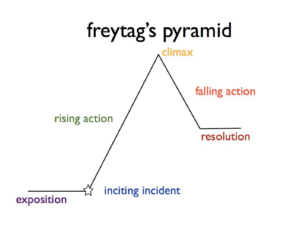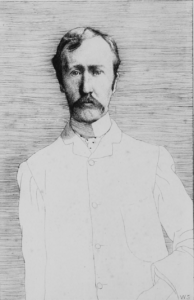Vines stretched across the trellis, filtering the afternoon sunlight into soft patterns on the uneven cobblestone ground. It was the spring of 1881. Symonds sat in the backyard of a wine shop in Venice, sipping drinks with his old friend Horatio Brown. A breeze drifted through, carrying scents of salt and fermenting grapes. Brown slightly tilted his wine glass, his curved index finger pointing ahead. Two men appeared by the far wall—young, muscular gondoliers in white uniforms and broad-brimmed black hats. Symonds’s eyes settled on the more handsome one: Angelo Fusato.
Such was Symonds’s encounter with the man who would become the love of his later years, who would be by his bedside when he died twelve years later. In his Memoirs, Symonds described his feelings for Fusato:
“He took hold of me by a hundred subtle threads of feeling, in which the powerful and radiant manhood of the splendid animal was intertwined with sentiment for Venice, a keen delight in the landscape of the lagoons, and something penetrative and pathetic in the man” (JAS, Memoirs, 514).
Love, passion, objectification, and yearning, felt for both the man and the place, establish the inseparable connection between Symonds’s complex emotions and the setting that inspires them. But what about the setting, specifically Venice’s geography as “the landscape of the lagoons?” How might the in-progress virtual library deepen our understanding of the lagoons and their significance?
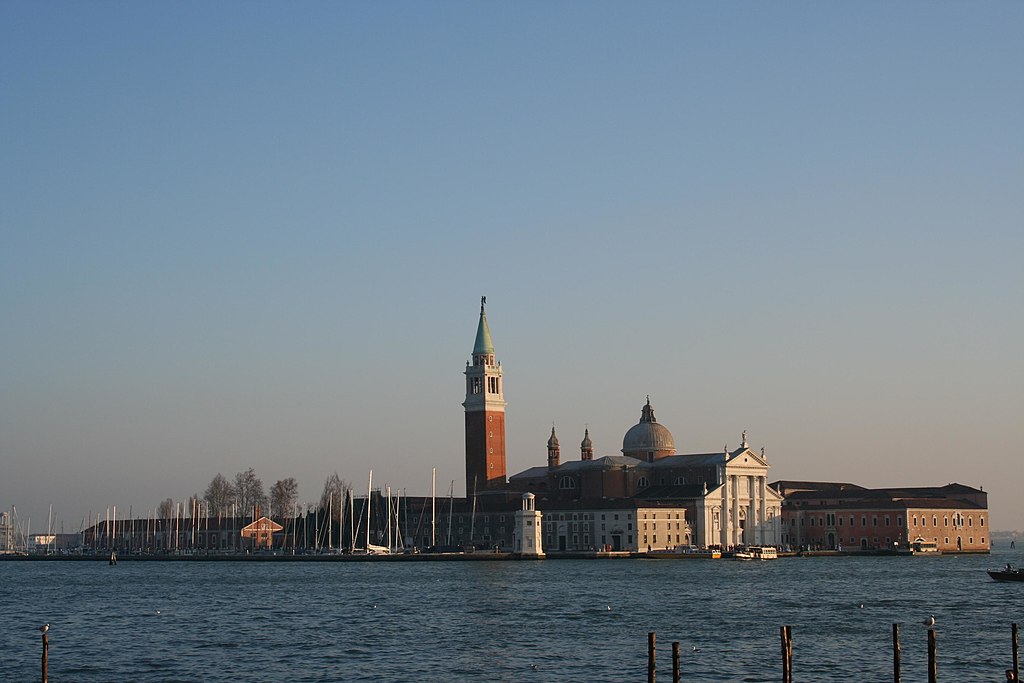
First, I explored the Zotero inventory, which currently includes Symonds’s books from the William George’s Sons 1909 catalog. However, a limitation of Zotero is that it doesn’t allow uploading scans of the books, so the keyword search is restricted to basic metadata like titles and authors. When I searched for words such as “Venice” and “lagoon,” only one result appeared: Edward A. Freeman’s Sketches from the Subject and Neighbour Lands of Venice. And the title already makes it clear what the book is about—the history of Venice’s neighboring regions, like present-day Austria and Croatia, as well as other parts of Italy, and their connections to Venice.
Then, more exciting results showed up when I tried the other method, which was browsing the books on Haiti. However, the disadvantage of using the keyword search on Haiti was that it often brought up too many results since it searches everything about a book, including its content and title. Fortunately, when I typed “lagoon,” it returned only 17 titles.
So, I looked through each of them using the one feature of Haiti, “Search in this Text,” which let me see the context in which the word “lagoon” appeared in each book. In general, there are two types of references to lagoons: literal and figurative. The literal references include Alfred Russel Wallace’s Australasia and James Bryce’s Impressions of South Africa, where the writers describe the geography of the Australian and African continents, reflecting imperialism. Literal references also appear in two books related to Charles Darwin: Grant Allen’s biography of Darwin and a collection of Darwin’s letters. In the biography, Allen specifically highlights how Darwin’s close observation of lagoons taught him inductive logic, which became crucial to his later work on evolution.
“Bit by bit, Darwin shows most admirably that, through gradual submergence, fringing reefs are developed into barrier-reefs, and these again into atolls or lagoon islands […] But the value of the work as a geological record, great as it is, is as nothing compared with its value as a training exercise in inductive logic” (Allen 69).
Here we can see an echo of Symonds: the gaze upon a unique landscape. While Darwin viewed lagoons with a neutral, analytical perspective, Symonds’s gaze upon Venice—a city already popular with tourists in his time and now drawing millions of travelers in the summer—was anything but objective. His gaze, filled with affection, was only intensified by the muscular, exotic young men roaming the canals.
What interested me most, however, were the figurative references to lagoons, which mostly appeared in poetry collections: William Sharp’s American Sonnets, Eugene Lee-Hamilton’s Apollo and Marsyas, and Other Poems, Samuel Waddington’s English Sonnets by Living Writers, and Lewis Morison-Grant’s Protomantis and Other Poems.
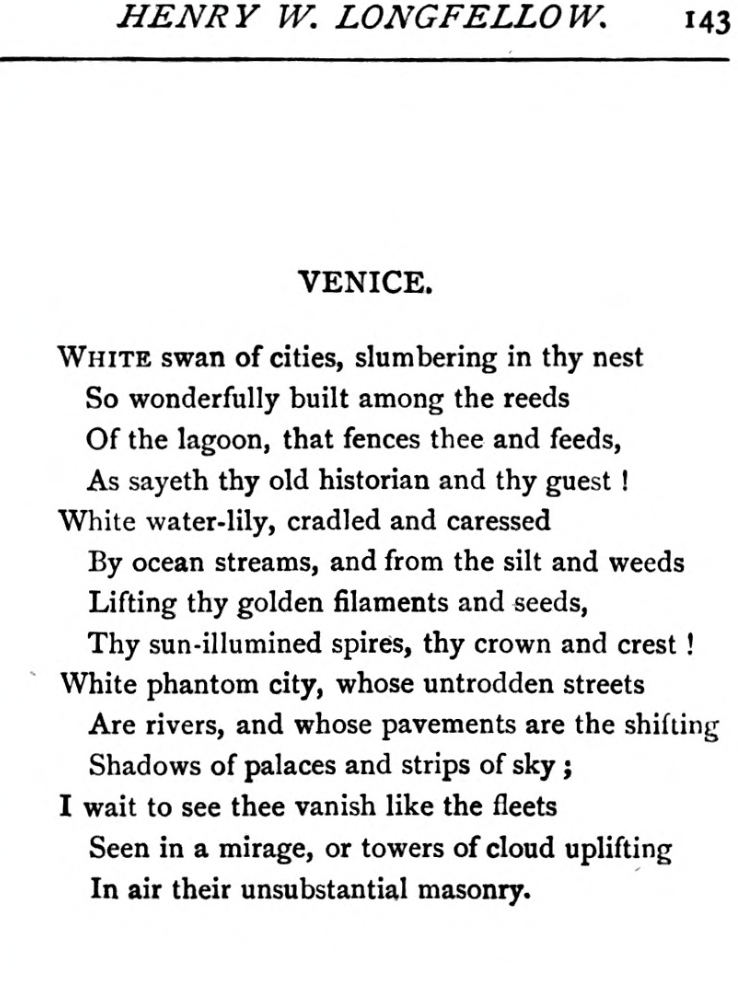
Henry W. Longfellow’s poem “Venice,” included in both American Sonnets and English Sonnets by Living Writers, describes the city as encircled by a lagoon that “fences” and “feeds,” as noted by historians and travelers. This highlights the lagoon as both a natural defense against invaders and a habitat that sustains its people. Thus, when we think of the lagoon as a place of protection, there’s an uncanny resonance in how Symonds, in this figuratively “safe” city, allowed himself to pursue his often suppressed passionate desire and to begin a paid companionship with Fusato.
However, Venice isn’t always a protected place to express desire. A tonal shift occurs in the poem when Longfellow describes Venice as a “phantom city,” where “streets are rivers,” and the ground reflects what’s above: “palaces” and “sky.” The lagoon, as a body of water, embodies the classic metaphor of reflection, of doubling. Thus, as Symonds sipped wine in Venice, surrounded by the soulful landscape and alluring young men, he wasn’t just observing what was around him; by doing so, he achieved self-reflection. In fact, Shane Butler argues in his book The Passions of John Addington Symonds, “Symonds’s voyeurism toward Augusto […] can also be seen as the mirror image of the self-exposure […] offered by the essay [‘In the Key of Blue’] and the volume to which it lent a title” (323). Symonds’s gaze at the place and its people works both ways: by looking outward, he also looks inward, with the setting acting as a mirror that forces him to confront his own desire and vulnerability.
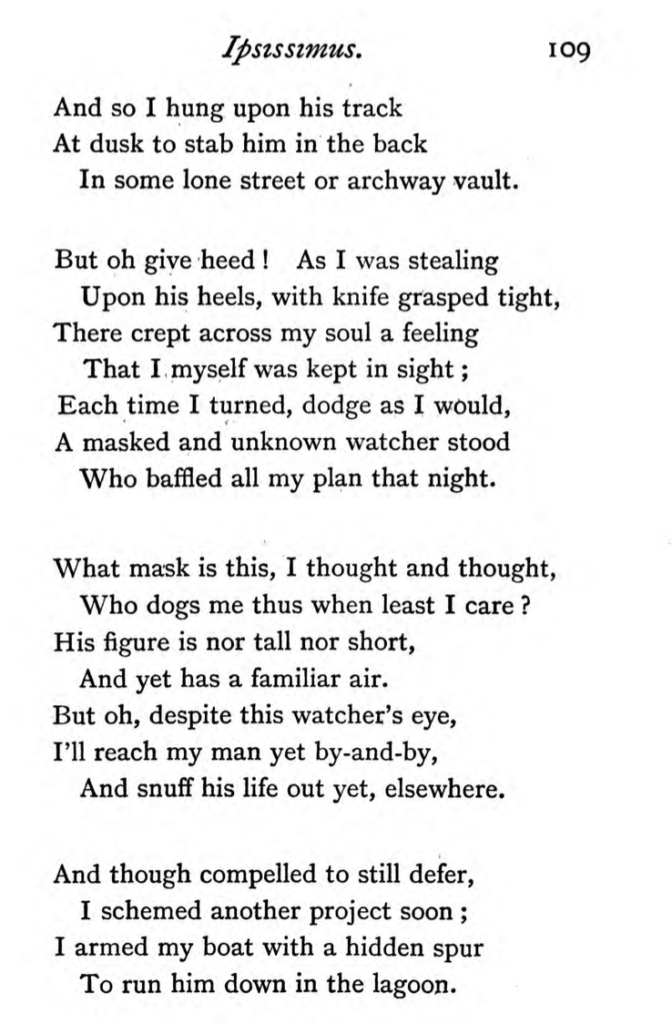
The lagoon as a metaphor for doubling is then taken to its fullest in Eugene Lee-Hamilton’s poem “Ipsissimus.” In Venice, the speaker attempts to track and kill his enemy—first in the streets, then in the lagoon, and later at an apothecary where he seeks poison—but each time, he is watched by a “masked and unknown” figure. In the end, the speaker resolves to kill his enemy at his home while he sleeps. However, at the door, the speaker finds the masked watcher again, now seemingly asleep. Enraged, the speaker “snatched the mask” and found that the watcher’s “face was mine—mine white and dead.” Venice, as the poem’s setting, becomes a stage where the pursuit of an external enemy leads to an internal confrontation with the self.
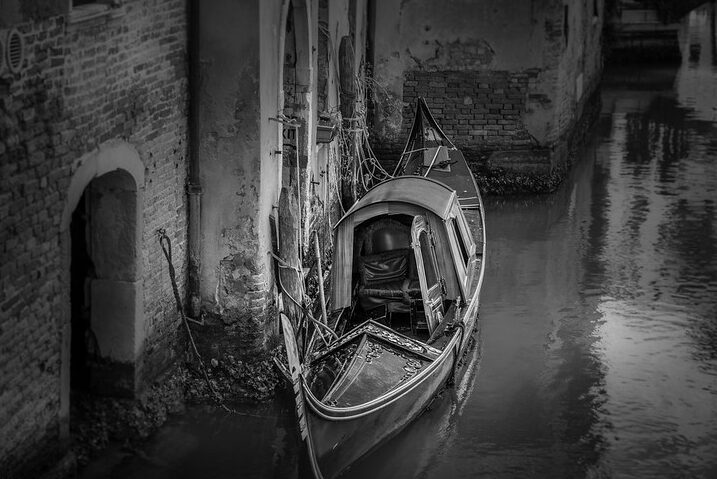
By looking at the poetic tradition surrounding the lagoon, we see echoes of Symonds’s experience with Fusato and Venice—an interplay of external stimuli and internal reflection, from his predatory desire to raw sensual needs and the narcissistic projection of his younger self. While in “Ipsissimus,” the speaker’s search for his enemy leads to self-annihilation, Symonds’s self-reflection, inspired by the setting, should be largely positive, culminating in a new level of self-knowledge that shapes his Memoirs, which conclude with his relationship with Fusato.
And Symonds’s virtual library is not only a valuable source for understanding his thoughts, writings, and interests, but it also belongs to a much larger web, which, spanning disciplines from science to literature, reflects the intellectual tradition and discoveries of his time. Meanwhile, as with any collection, what’s missing might just be as important and inspiring—in this case, Horatio Brown’s Life on the Lagoons and John Ruskin’s The Stones of Venice, which can’t be found in the virtual library right now. These gaps remind us that no collection is ever complete, but that’s exactly the point: the in-progress Symonds’s virtual library forms a small web connected to a larger one, which, in turn, belongs to something even more expansive. Each network invites us to explore further, discovering the broader connections that expand our understanding of Symonds, his world, and our own.
Works Cited
Allen, Grant, 1848-1899. Charles Darwin. 3rd ed. New York: D. Appleton and company, 1886.
Butler, Shane. The Passions of John Addington Symonds. Oxford University Press, 2022.
Lee-Hamilton, Eugene. Apollo And Marsyas: And Other Poems. London: E. Stock, 1884.
Sharp, William, 1855-1905. American Sonnets. London: W. Scott, 1889.
Symonds, John Addington, and Amber K Regis. The Memoirs of John Addington Symonds: A Critical Edition. London: Palgrave Macmillan, 2016.
